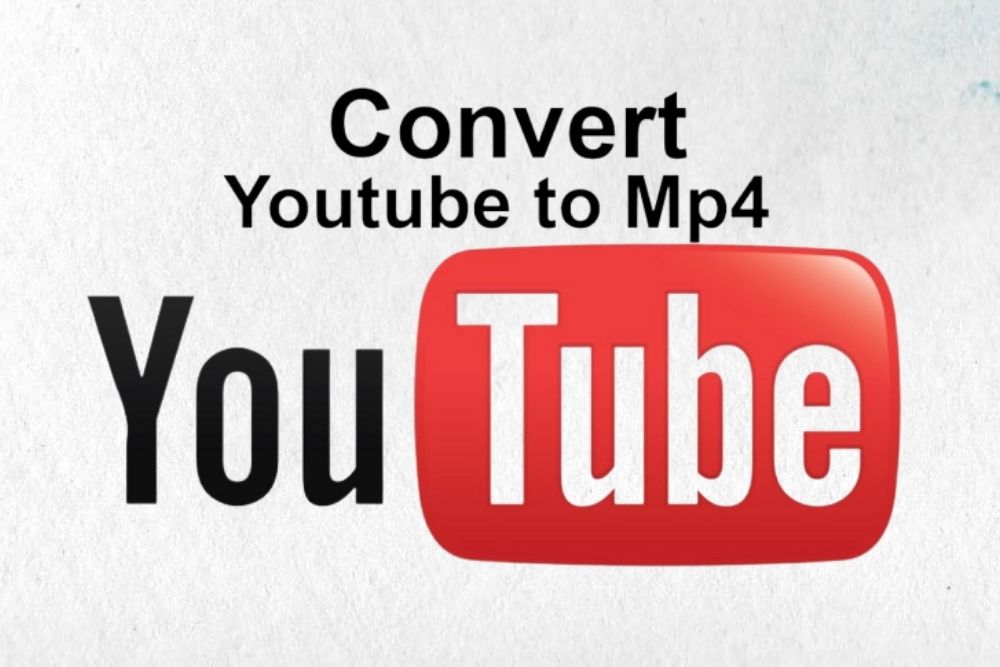Introduction
In the realm of music and the performing arts, rhythm is an essential and captivating element that transcends cultural boundaries and unites people in the shared experience of sound. One of the lesser-known and yet profoundly intriguing facets of rhythm is “pulsamento.” Pulsamento is a term that originates from the world of classical music, particularly associated with the guitar. However, its influence and applications reach far beyond this domain. In this article, we will embark on a journey to explore the multifaceted concept of pulsamento, its historical roots, its manifestations in music, dance, and even in the human body’s natural rhythms.
- Origins of Pulsamento
To understand pulsamento fully, we need to delve into its historical origins. The term “pulsamento” is derived from the Italian word “pulsare,” which means “to pulse” or “to throb.” It is often associated with the plucking technique on classical guitar, particularly in the context of Flamenco music. Pulsamento, in this context, involves the controlled plucking of the strings to create a pulsating, rhythmic effect.
The roots of pulsamento can be traced back to the Andalusian region of Spain, where Flamenco music developed. The deep and emotional character of Flamenco music often incorporates this technique to enhance the rhythmic intensity and expressiveness of the music. The guitarist’s skill in applying pulsamento is crucial to conveying the passion and soul of Flamenco.
- Pulsamento in Music
Pulsamento in music extends beyond Flamenco and classical guitar. It is a concept that transcends genres and instruments. The rhythmic pulsations created by this technique can be found in various musical traditions worldwide. Let’s explore some examples:
2.1 Flamenco Guitar
In Flamenco, pulsamento plays a central role. The guitarists use this technique to create the distinct rhythmic patterns of various Flamenco forms, or “palos.” The guitarist’s fingers pluck the strings with precision and force, generating a compelling and passionate rhythm that complements the dancer’s footwork and the singer’s vocal expression.
2.2 Percussion
Pulsations in rhythm are fundamental to percussion instruments, and they often form the backbone of various musical ensembles. Drummers and percussionists use techniques that involve striking, tapping, or shaking instruments to create pulsating rhythms. These rhythms are not only heard but also felt, making them a critical element in live performances.
2.3 Vocal Music
Pulsamento is not limited to instrumental music. In vocal music, singers employ a variety of techniques to create rhythmic pulsations. These can include staccato articulation, syllabic emphasis, and the subtle manipulation of the breath to punctuate the music with rhythmic vitality.
2.4 Electronic Music
In the realm of electronic music, pulsamento takes on a unique form. Producers and DJs use various electronic tools to create pulsating beats and rhythms. This is not limited to traditional musical instruments but can also involve synthesizers, drum machines, and other digital technologies to craft intricate and captivating rhythmic structures.
- Beyond Music: Pulsamento in Dance
The connection between music and dance is an ancient and profound one. Rhythmic pulsations, as found in the concept of pulsamento, extend to the world of dance. Flamenco dance, in particular, is a vibrant example of how music and dance intertwine. Dancers use their feet to create intricate percussive patterns that align with the guitar’s pulsamento, resulting in a mesmerizing synergy of rhythmic expression.
Flamenco is not the only dance form where pulsamento is relevant. In various traditional and contemporary dance styles, the concept of pulsating rhythms plays a crucial role in choreography. The rhythmic heartbeat of dance sequences often mirrors the musical accompaniment, and dancers rely on these pulsations to maintain their timing and intensity.
- Pulsamento and the Human Body
The connection between pulsamento and the human body is more than metaphorical. Our bodies have their own inherent rhythms, and these natural pulsations play a significant role in our overall well-being. Consider the following:
4.1 Heartbeat
The most prominent natural pulsation in our bodies is our heartbeat. The steady rhythm of the heart is a vital sign of life and health. Pulsations from the heart create a cadence that influences our physical and emotional states. Even in the absence of music, the heartbeat can be likened to the pulsamento, reminding us of the rhythmic nature of life itself.
4.2 Breath
Another essential natural rhythm in the human body is the breath. Our breathing pattern is rhythmic and can be consciously controlled to align with specific activities, such as meditation or physical exercise. The act of regulating one’s breath to a particular rhythm can induce a sense of calm or invigoration, emphasizing the profound connection between pulsations, the body, and well-being.
4.3 Circadian Rhythms
Our bodies follow circadian rhythms, which are natural, daily cycles that regulate our sleep-wake patterns, body temperature, and other physiological processes. These rhythms reflect the pulsating nature of life on a broader scale and demonstrate how pulsamento is a fundamental aspect of human existence.
- The Philosophical and Spiritual Dimensions
Pulsamento goes beyond the physical and artistic realms; it also has profound philosophical and spiritual implications. Many cultures and belief systems embrace the idea of rhythm as a fundamental aspect of the universe. The concept of pulsamento has been integrated into various spiritual practices and philosophies to signify the interconnectedness of all things.
In the realm of Eastern philosophy, for instance, the idea of “Ki” or “Chi” revolves around the flow of life energy as a continuous pulsation. In this context, pulsamento represents the ebb and flow of existence, emphasizing the importance of balance and harmony.
In Western thought, the philosopher Heraclitus famously said, “everything flows.” This concept aligns with the idea of pulsamento, emphasizing the constant change and rhythm in the universe. It suggests that life, like music, is a continuous cycle of creation and destruction, where pulsations play a fundamental role.
- Pulsamento in Modern Art
The concept of pulsamento has found its way into modern art, where it is used to create captivating installations and interactive experiences. Artists often explore the fusion of technology, sound, and visual elements to immerse viewers in the pulsating rhythms of their creations.
One remarkable example is the work of Japanese artist Ryoji Ikeda, whose installations involve the use of sound, light, and mathematics to create pulsating visual and auditory experiences. These works challenge our perception of reality and engage the viewer in a multisensory exploration of rhythm and pulsation.
- Conclusion
Pulsamento is a concept that resonates through the fabric of human existence, encompassing music, dance, the human body’s rhythms, philosophy, and contemporary art. Its roots may be in the world of Flamenco and classical guitar, but its influence transcends cultural, artistic, and even spiritual boundaries. Pulsamento reminds us that the world is filled with pulsating rhythms, from the beating of our hearts to the rhythms of the universe. This concept serves as a poignant reminder of the interconnectedness of all things, expressed through the language of rhythm. It’s a testament to the power of rhythm to move us, inspire us, and




